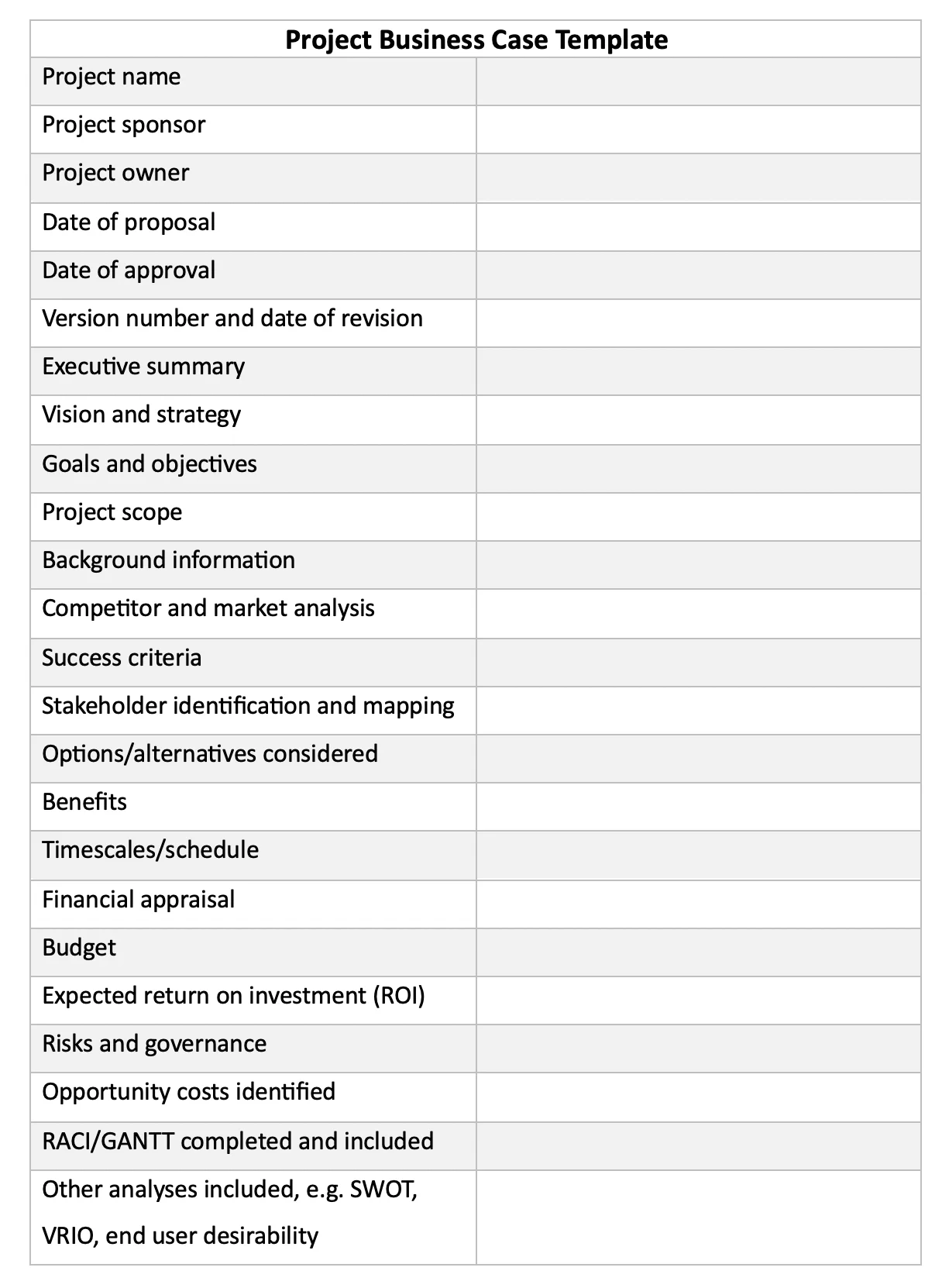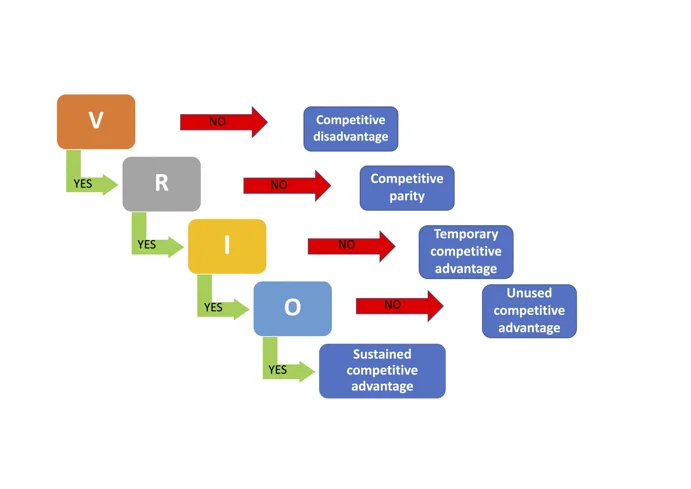Business Bites: Writing a business case
 In the workplace, projects are initiated to solve a specific business problem or to create a business opportunity. A business case is a project management document that explains how the benefits of a project outweigh its costs and why it should be executed.
In the workplace, projects are initiated to solve a specific business problem or to create a business opportunity. A business case is a project management document that explains how the benefits of a project outweigh its costs and why it should be executed.
Business cases are prepared during the project initiation phase and their purpose is to include all the project’s objectives, costs, and benefits to convince stakeholders of its value.
A business case is an important project document to prove to stakeholders that the project is a sound investment. The need for a business case is to collect the financial appraisal, proposal, and strategy and offer a full look at how the project will benefit the organisation. Once the business case is approved by the project stakeholders, the project planning phase can commence.
Projects fail without having a solid business case to back them up. The business case must be embedded in reality and address a need that aligns with the larger business objectives of the organisation to be relevant. The business case is a document that is created during the project initiation phase and will be used as a reference throughout the project life cycle.
The following four steps will show how to write a business case.
Step 1: Identify the business problem
Projects are not created for the sake of it. They have a goal; they’re initiated to solve a specific business problem or to create a business opportunity hopefully leading to competitive advantage over other businesses. The first step is to establish what that problem or opportunity is, describe it, its origins and then address the time frame needed to deal with it. This can be a simple statement and is best articulated with some research into the economic climate and the market and competitive landscape to justify the project.
Step 2: Identify alternative solutions
There is a need to ensure that the project being undertaken is the best possible solution to the opportunity or problem defined. Choosing the right solution can be difficult and it is possible to narrow down the focus to make the right solution clear by following these steps (after the relevant research):
• Note the alternative solutions
• For each alternative solution:
i. Quantify its benefits
ii. Forecast the costs involved in each solution
iii. Work out its feasibility
iv. Discern the risks and issues associated with each solution
v. Finally, document all this in the business case
Step 3: Recommend a preferred solution
Next, rank the solutions. Before doing so, it’s best to set up criteria such as a scoring mechanism to help prioritise the solutions to best choose the right one. Some methodologies can have a scoring system such as giving a score of one to 10 depending on the solution’s cost and benefit. Regardless of the ranking approach, it should be designed to make the best solution to the problem evident. This process will need to be documented in the business case.
Step 4: Describe the implementation approach
Once the business problem – or opportunity and how to target it – have been identified, there is a need for a clear vision as to how to ensure the delivery of the business benefits expected. This should convince stakeholders that it’s correct and the best way to implement a process to achieve the objectives and goals.
Key elements of a business case
One of the key steps to starting a business case is to have a business case checklist or business case template. This should include:
1. Executive summary
The executive summary is a short version of each section of the business case. It’s used to give stakeholders a quick overview of the project.
2. Vision and strategy
This section provides general information about the project, such as the business objectives that will be achieved, the project plan outline, and strategic links.
3. Goals and objectives
First, establish what is the problem to be solved. Define the project goals and objectives. This will help define the project scope and identify project deliverables.
4. Project scope
The project scope determines all the tasks and deliverables that will be executed in the project to reach the business objectives. It may also define areas/countries/markets that the activity is limited to.
5. Background information
This provides a context for the project, explaining the problem to be solved, and how it aligns with the organisation’s vision and strategic plan.
6. Success criteria and stakeholder requirements
Depending on the kind of project, the requirements will differ, but they are critical to the project’s success. Map them to establish if they have been successfully met and report on the results. A stakeholder matrix should be utilised to analyse not just who is a stakeholder but also their influence and interest levels.
7. Options and alternatives considered
This links back to Step 2 as described earlier.
8. Benefits
What will be the opportunity met and/or the problem overcome, and how is this beneficial to the organisation?
9. Project schedule
Establish the tasks to get the project done. Once all the tasks are identified, estimate how long it will take to complete each one. Make a timeline for the project by estimating how long it will take to get each task completed. For a more impactful project schedule, use a tool such as a Gantt chart.
10. Financial appraisal
This is a very important section of the business case because this explains how the financial benefits outweigh the costs. Compare the financial costs and benefits of the project. This can be done by completing a cost-benefit analysis. What is the expected ROI?
 11. Project budget
11. Project budget
The budget is the best estimate of everything in the project plan and what it will cost to complete the project over the scheduled time allotted.
12. Risk assessment
There are many risk categories that can impact the project. The first step to mitigating them is to identify and assess the risks associated with the project activities.
13. Project governance
Project governance refers to all the project management rules and procedures that apply to the project such as defining the roles and responsibilities of the project team members and the framework for decision-making.
14. Market assessment
Research the market, competitors, and industry, to find opportunities and threats.
15. Competitor analysis
Identify direct and indirect competitors and do an assessment of their products, strengths, competitive advantages, and their business strategy.
16. SWOT/VRIO analysis
A SWOT analysis helps identify the organisation’s strengths, weaknesses, opportunities, and threats. The strengths and weaknesses are internal, while the opportunities and threats are external. A VRIO analysis helps to analyse the organisations resources and establish if they can be used to gain competitive advantage.
Find more business management tools in the ABDO Business Support Hub.